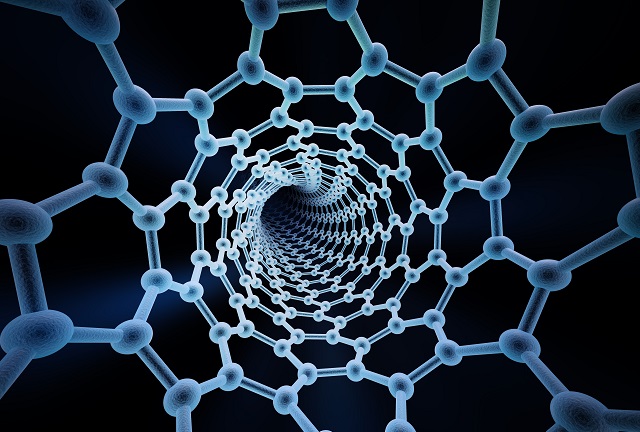
Image Credit: Shutterstock
An innovative synthesis method developed by a group of researchers at the University of Maryland (UMD) allows creating hybrid nanostructures by joining different nanoparticles using an ‘intermedium’ or connector nanoparticle.
It is unfeasible to synthesize hybrid nanostructures using current techniques. The novel 'mix-and-match' modular component method enables the fabrication of exotic nanostructures and nanotechnologies for applications, including sensors, quantum computing and clean energy.
It eliminates the current disadvantages of existing crystalline growth (epitaxial) synthesis methods for nanostructures, which have limitations in the selection of materials, and also the size, symmetry and shape of the nanostructures.
Min Ouyang, the leader of the research team, said that the new technique enables the designing and building of higher order nanostructures that are more intricate and materially varied with a specific shape or symmetry.
Moreover, the ingenious nano-assemblies fabricated by the research team hold potential to make full use of surface plasmon resonance, a nanoparticle effect generated by light. The new modular synthesis strategy allowed the research team to build an optimally designed, plasmon-mediated photocatalytic nanostructure, which has an efficiency 15 folds higher than traditional photocatalysts, said Ouyang.
In addition, the exploration of this new photocatalyst revealed new insights into the mechanism behind the unknown hot plasmon electron-driven photocatalysis with a known electron transfer pathway.
This new mechanism contributes to the high efficiency of the new photocatalyst developed by the UMD team. This discovery is a result of the precise material control achieved with the new synthesis technique.
These discoveries hold potential for economical water splitting process to generate hydrogen fuel at a large scale. Moreover, according to researchers, the newly discovered hot plasmon electron-driven photocatalysis mechanism can also be applied to research exploring other photo-excitation processes.